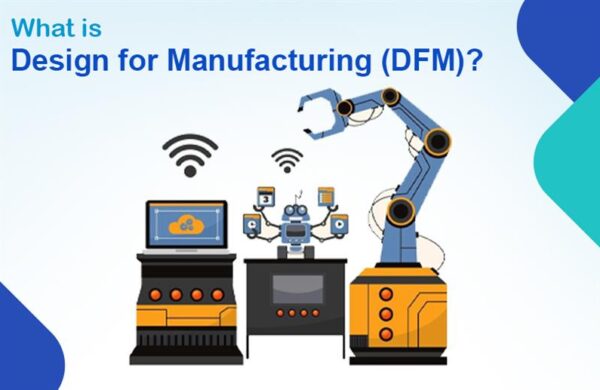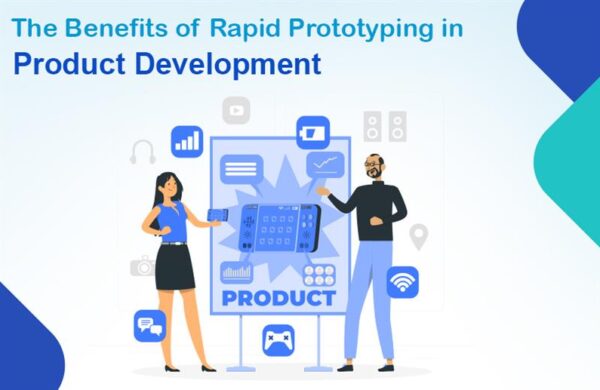The world of 3D printing is rapidly evolving, with various technologies driving innovation in multiple industries. The breakthrough method, Selective Laser Melting (SLM) 3D printing under additive manufacturing practices, revolutionizes complex metal component manufacturing.
What is Selective Laser Melting (SLM) 3D Printing?
SLM 3D printing operates through the application of a high-power laser to create complete fusion between sequentially added metal powder layers. Selective Laser Melting 3D printing melts material completely to create dense strong parts whereas SLS 3D printing leaves powdered material unfused so its parts remain less dense.
The technology enjoys widespread applications in aerospace together with automotive and healthcare fields that need to produce high-performance metal products.
How Does SLM 3D Printing Work?
The fundamental operations of Selective Laser Melting 3D printing consist of the following sequences:
1. Standard initial processing requires designers to develop a 3D CAD model, which gets divided into layered segments.
2. A single layer made of metal powder gets distributed throughout the build platform.
3. The process of laser melting employs a powerful laser to fuse the powder materials based on the digital model.
4. The printing technology involves continuous fusion of layers until the entire part construction is finished.
5. The manufacturing process ends when the build chamber releases the final product, which may be finished through heat treatment, together with machining.
Advantages of SLM 3D Printing
1. Selective Laser Melting 3D printing produces dense metal components because it completely melts down the material powder, which results in parts suitable for harsh industrial environments.
2. The strengths of SLM 3D printing involve manufacturing intricate designs and lightweight structures because the process does not restrict itself to mold or machining requirements.
3. The method reduces waste because it uses metal powder specifically for the required quantity.
4. Customization becomes an ideal benefit since it enables industries to produce unique solutions, particularly in medical applications with aerospace components.
SLM vs SLS: Key Differences
The main difference between SLM and SLS concerns the approach to material processing methods.
- SLM 3D printing consumes the entire metal powder during its heating process to generate powerful and durable end products.
- SLS 3D printing uses polymer or composite powders to sinter material that results in flexible and budget-friendly operational applications.
- We operates on metals as its main printing material, while SLS 3D printing serves the manufacturing of plastic and composite parts.
Applications of SLM 3D Printing
1. Aerospace & Defense: Lightweight yet strong parts for aircraft engines and spacecraft.
2. The medical sector uses SLM to fabricate patient-specific implants and prosthetic devices according to individual patient requirements.
3. Automotive: High-performance engine and structural components.
4. Industrial Manufacturing: Tooling and functional prototypes for production lines.
The Selection Process for a Proper SLM Service Provider
The selection of a trustworthy SLM service provider requires evaluation of service provider expertise and material flexibility as well as post-production abilities. A professional 3D printing partnership produces both accurate products and optimized manufacturing operations.
Choose Monarch Innovation for Cutting-Edge 3D Printing Services
At Monarch Innovation, we specialize in high-precision Engineering & design solutions tailored to your industry needs. As a leading 3D printing company, we provide end-to-end 3D printing services, from design to production. Whether you need expert advice on Selective Laser Melting 3D printing or a trusted SLM service provider, Monarch Innovation has you covered. Contact us today to revolutionize your manufacturing process!






